(October 15, 2023) In 1946, a young girl named Nancie Joyce Margaret Jones embarked on her very first journey from England to India to reunite with her lover, Yudister Kumar. Yudister, who had completed his studies in the UK, had returned to India but was battling tuberculosis, a perilous ailment in that era. Nancie and Yudister had crossed paths in England as fellow students at the London School of Economics. Little did Nancie know that the foreign land she was travelling to would eventually become her cherished home for the next 76 years of her life, and she would end up winning one of the highest civilian honours of the country – The Padma Shri.
From United Kingdom to India
Rajni Kumar, born as Nancie Joyce Margaret Jones, was a revered British origin educator who passed away last year at the age of 99. Affectionately addressed as ‘Aunty Kumar’ by those who had the privilege of knowing her, Rajni was the visionary founder of the Springdales Group of Schools. The group has two campuses in Delhi, one in Jaipur, and another in Dubai. Starting from a kindergarten from her living room at East Patel Nagar in Delhi with 24 children and three teachers, Springdales Group now caters to thousands of students in India and Dubai.
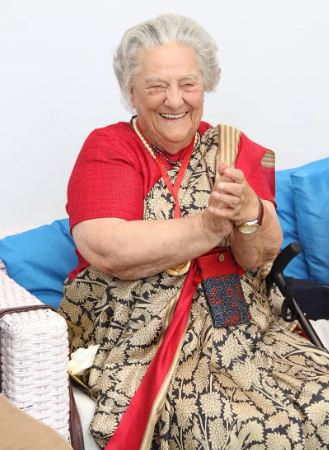
Rajni Kumar
Although Rajni retired at the age of 88, she remained deeply involved with the Springdales Education Society as its chairperson and continued her association with the Delhi schools’ literacy project, an initiative aligned with the National Literacy Mission.
Additionally, she played a significant role as one of the founding members of the National Federation of Indian Women that was established in 1953.
During her illustrious career in education, Rajni Kumar also served as the chairperson of Lady Irwin College and held the position of vice president at National Bal Bhavan. Her exceptional contributions to the field of education was acknowledged with the prestigious Padma Shri award in 2011 by the Government of India.
Flashback
“No doubt the greatest event in my life was leaving England, the country of my birth, to follow the stirrings of my heart and to make my home in this wondrous and fascinating country – India – with the man I loved. So this is where I shall begin my story,” she wrote in the introduction of her memoir ‘Against the Wind: A life’s Journey’, which was published in 2019, three years prior to her death.
Born in London in 1923, Rajni graduated from the London School of Economics in 1941. There, she had also met Yudister Kumar, who would be her husband. Love blossomed between them and they spent their carefree days as students enjoying each other’s company.
Yudister Kumar graduated from LSE, trained as a barrister at Lincoln’s Inn in London and earned himself the distinction of ‘extra-mural scholar’ from Cambridge University. He returned to India and to his family’s dismay, chose to align himself with the left-wing faction of the Indian freedom struggle, a decision that deeply upset his mother. In fact, his mother’s opposition to his political involvement was so vehement that she resorted to sending him to a sanatorium upon learning about his ‘illness’.
During that period Nancie had enrolled herself at the London Institute of Personnel Management and took up her first assignment as a personnel officer in the Morgan Crucible Company situated on the banks of the Thames.
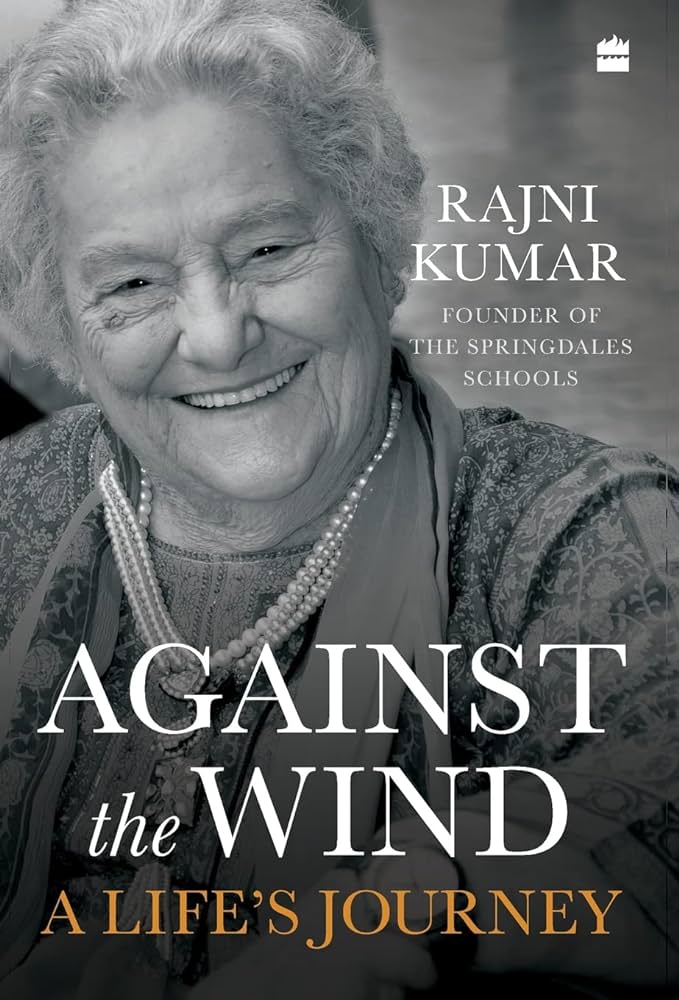
Cover image of Rajni Kumar’s memoir
All for love
When Rajni learned about Yudister’s unfortunate condition, she was irresistibly drawn by the powerful force of love. Unable to resist, she followed her heart and set out on her journey to India by sea, arriving on a ship that docked in Bombay.
“It had been a novel experience to travel by sea from London. Apart from a short ferry trip across the English Channel to the Netherlands in 1938, on a school exchange programme, I had never been able to travel abroad,” she wrote in her memoir.
Upon Yudister’s recovery from the illness, at the young age of 23, she exchanged vows with him, and adopted the name – Rajni.
Stumbling upon the calling of her life
Two years after her wedding, while Rajni was living in Kasauli, she received a surprising request from Indian Army officers. They asked her to establish and manage a school for the children of the Indian Army in Kasauli, a proposal that left her quite astounded.
“Me? I said in astonishment. But I don’t know anything about running schools! I have run some classes for young workers in a factory as part of their extension education. But that is about all,” she wrote in her memoir.
Nonetheless, she accepted the challenge and proceeded to run the school. Just two years later, in 1950, she further expanded her educational endeavour by assuming the role of a principal at the Salwan Girls School in Delhi, a position she held until 1955.
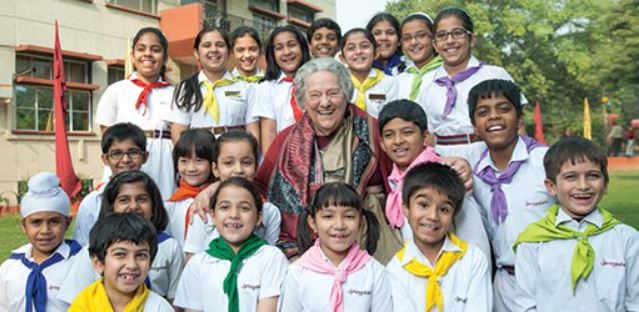
Rajni Kumar with school children
During her tenure at Salwan Girls School, Rajni Kumar played a pivotal role in the establishment of the National Federation of Indian Women in 1953.
1955 proved to be a turning point in Rajni’s career as she went on to establish her own school – Springdales. Initially, it operated as a kindergarten from the living room of her home. Over time, this modest beginning evolved into a renowned institution, with three schools in India and one in Dubai.
Striding ahead with success
With her emphasis on ‘holistic development of a child, not just marks’, Springdales Group has achieved many milestones in its 48-year journey.
The institution introduced Russian as a third language under the Indo-Soviet cultural programme – the first school in the country to do so in 1971. Springdales squad was chosen as the first flag bearers to lead the school children of Delhi in the Republic Day Parade of 1974.
In 1980, none other than the President of India, Shri Sanjeeva Reddy presided over the silver jubilee celebrations of Springdales.

Rajni Kumar with Dalai Lama
Throughout her career, the Global Indian received numerous awards and accolades for her outstanding contributions in the sphere of education. In 1983 Rajni Kumar received the Nehru Soviet Land Award by Rajiv Gandhi, for her initiatives to promote international friendship and understanding among children of the world. She received a gold medal and a two-week tour of the USSR as part of the award.
Widening her spectrum the educator assumed the role of chairperson at Lady Irwin College, Delhi and served as vice president at National Bal Bhavan. Also, she actively participated in global events such as the Global Peace Conferences in Geneva and the World Congress for the Rights of Children in Moscow.
The Government of South Africa bestowed a special honour upon Rajni on International Women’s Day in 2005. In 2011, she became the recipient of the Gr8! Women Award instituted by the Indian Television Academy. The same year, the Government of India recognised her exceptional work with the Padma Shri, and in 2012, she was bestowed with the Order of the Companions of O. R. Tambo by the Government of South Africa.
Best foot forward
Sadly, her husband Yudister, who was a pillar of strength for Rajni and helped her grow Springdales, was not there to celebrate many of her successes. He passed away in 1976 after battling cancer. Rajni continued to be of service to the Springdales Group that she had fondly established with Yudister, until she retired in 1988.
In her farewell message to the Springdales fraternity on the last day of her role as the founding principal on March 31st 1988, Rajni wrote – “The late Dr Gyan Chand, the well-known economist and good friend of the school once said to me, “Rajni, the real test of your success will be when the school runs better without you. I am confident that my successors will allow me to pass that test with flying colours and that Springdales will not only maintain its great traditions but will transcend to greater heights in the future.”
Following her retirement she remained deeply involved with the Springdales Education Society as its chairperson and continued her association with the Delhi schools’ literacy project. Upon requests of her well-wishers who fondly referred to her as ‘Aunty Kumar’ she came up with her memoir in 2019, at the age of 96, three years prior to passing away.
Always a jovial human being, who considered India as her country, Rajni passed away peacefully on November 10, 2022, at the remarkable age of 99, leaving behind a strong legacy in the sphere of education and social service.
“I feel joyful because I know that Springdalians have not only become good doctors, engineers, artists, musicians, or film directors but above all they are good human beings, inspired, perhaps, by the words of the late President of India Dr Zakir Hussain when he inaugurated our school building and said – ‘Be proud of the building but let the building be proud of you,’ she had remarked in a message to her students in whose hearts the loving memories of Aunty Kumar are etched forever.




 Sayesha Dogra in Antarctica[/caption]
Sayesha Dogra in Antarctica[/caption]

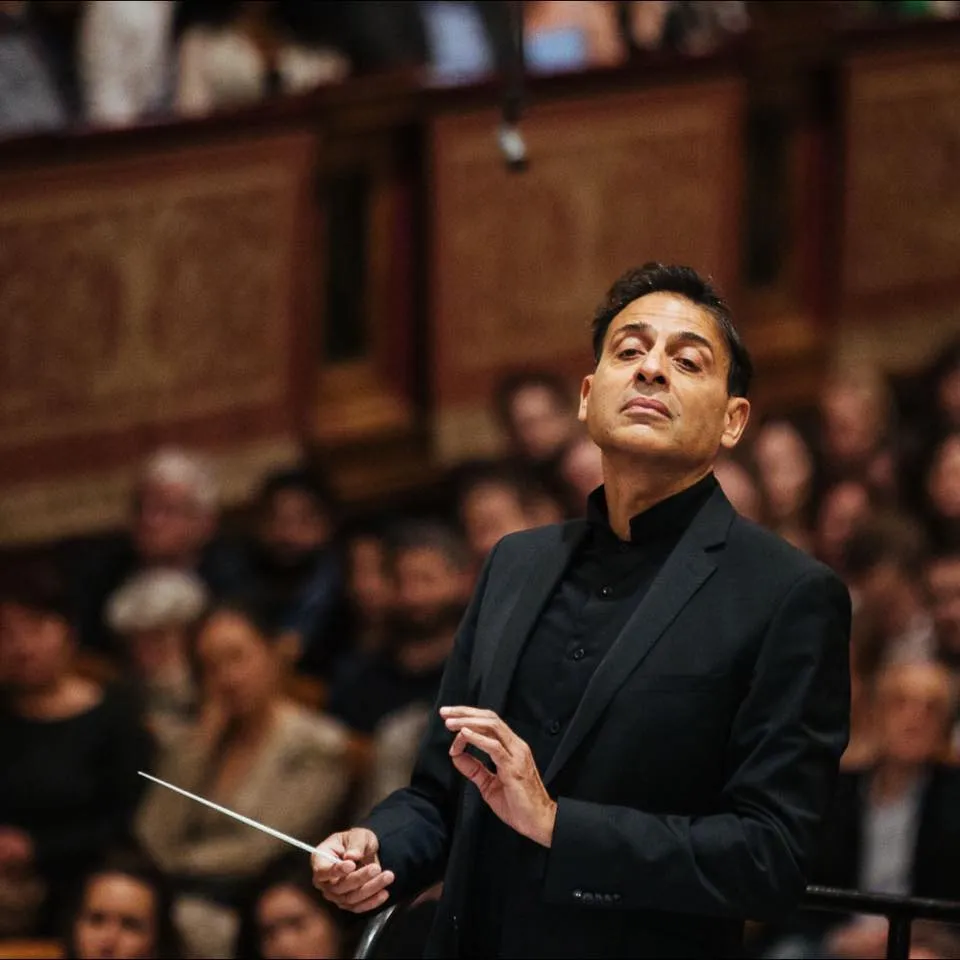 Conductor Vijay Upadhyaya[/caption]
Conductor Vijay Upadhyaya[/caption]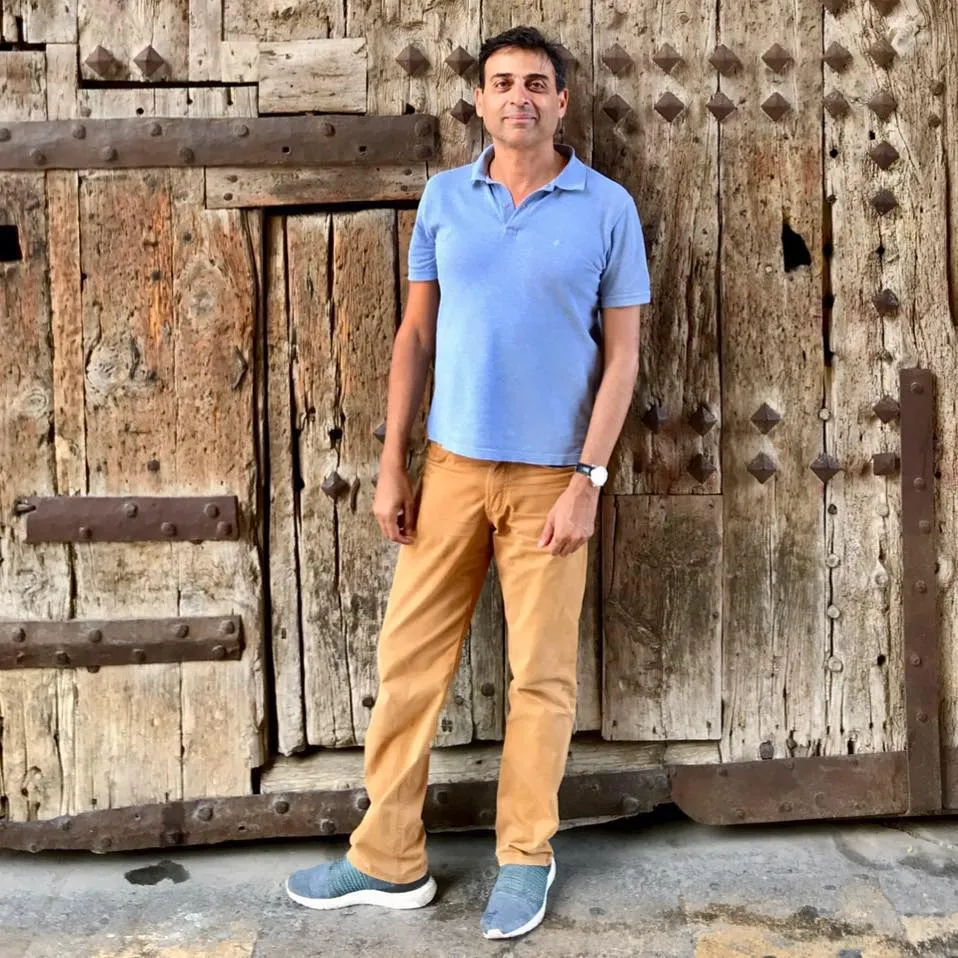
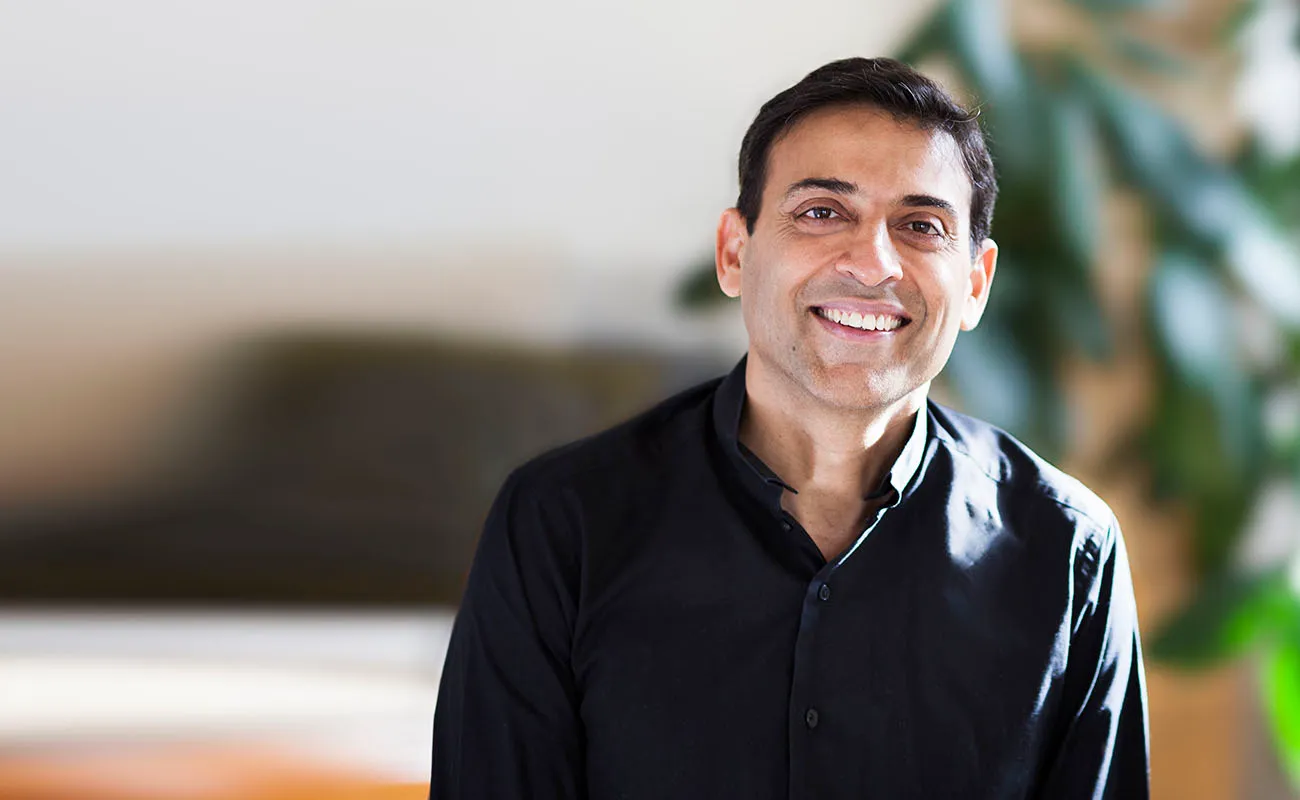
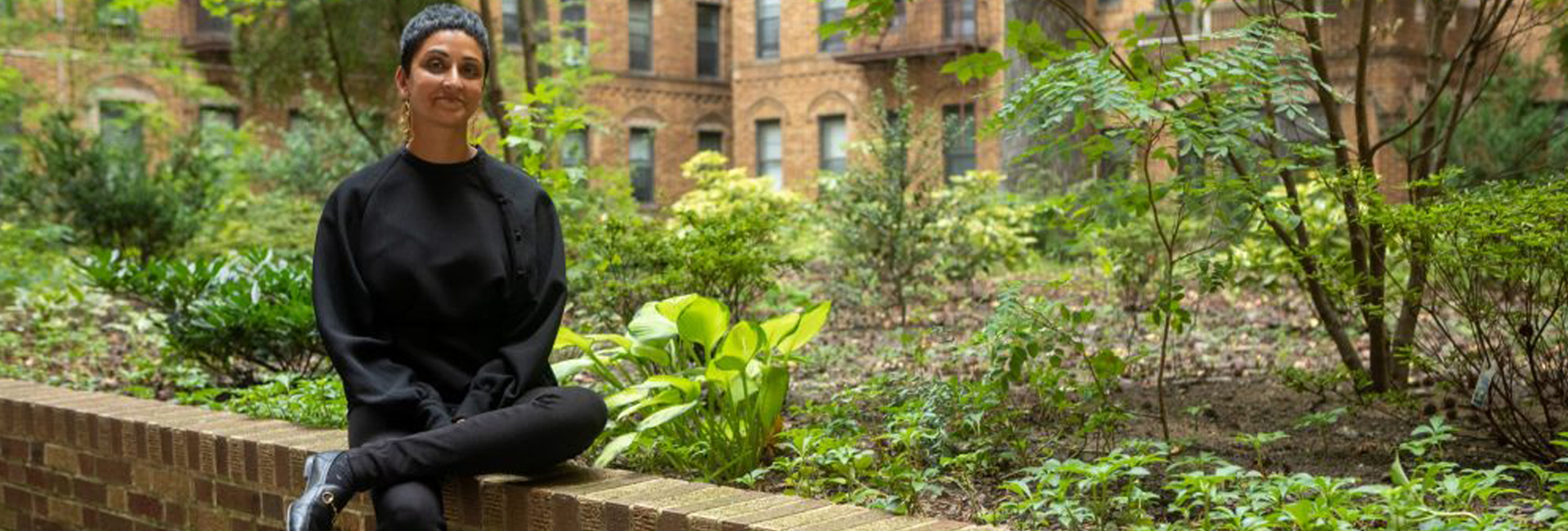
 Priti with her friends[/caption]
Priti with her friends[/caption]
 Sameer Gadhia[/caption]
Sameer Gadhia[/caption]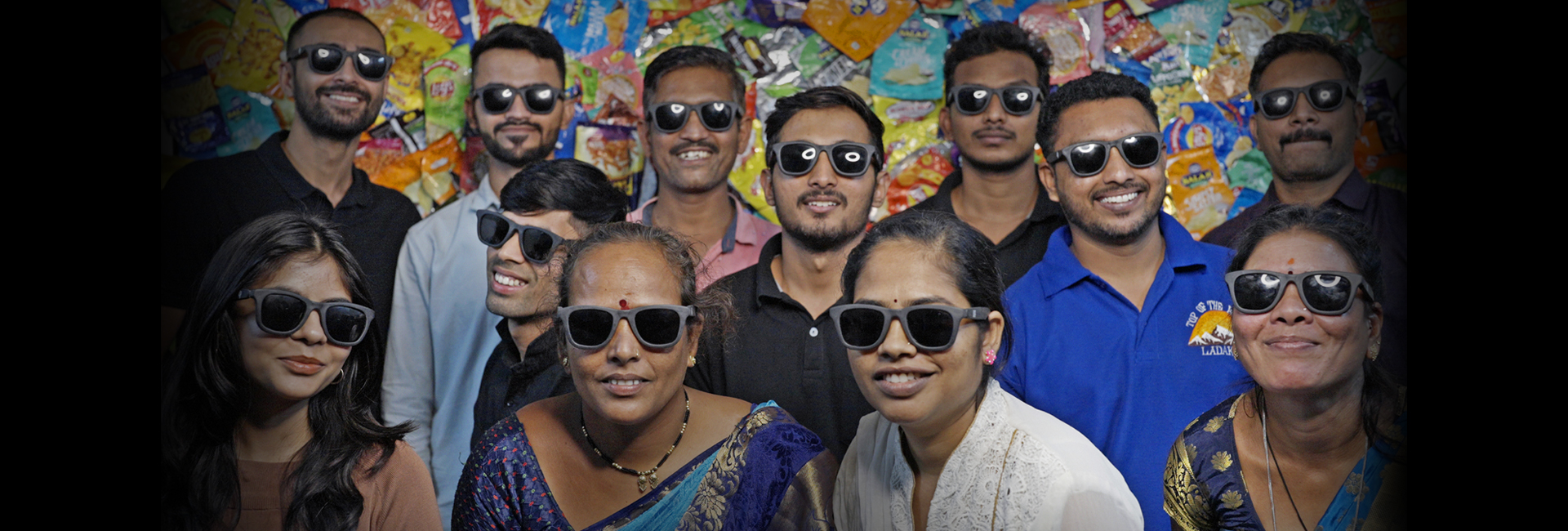
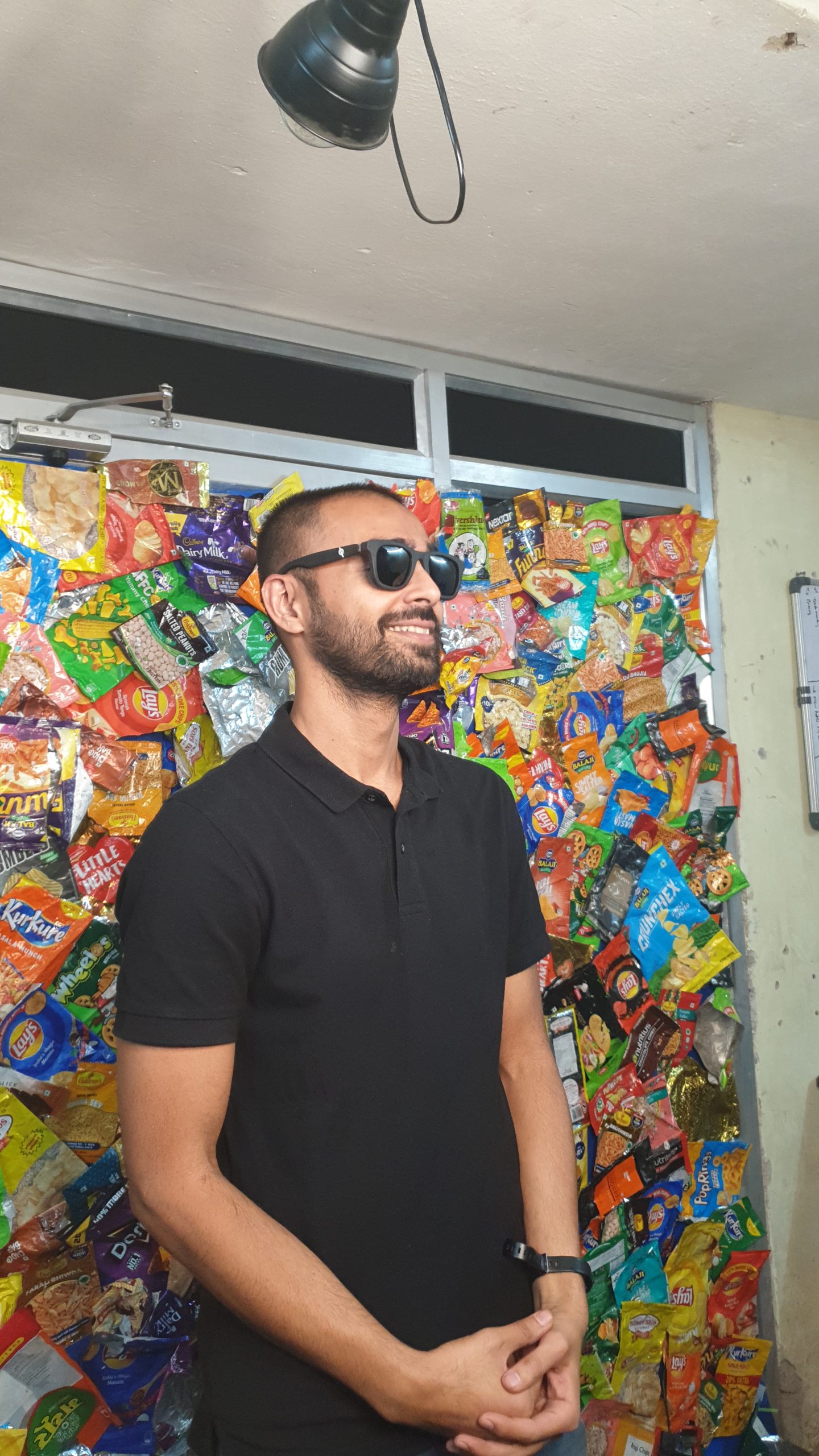
 Multi-layered plastic[/caption]
Multi-layered plastic[/caption]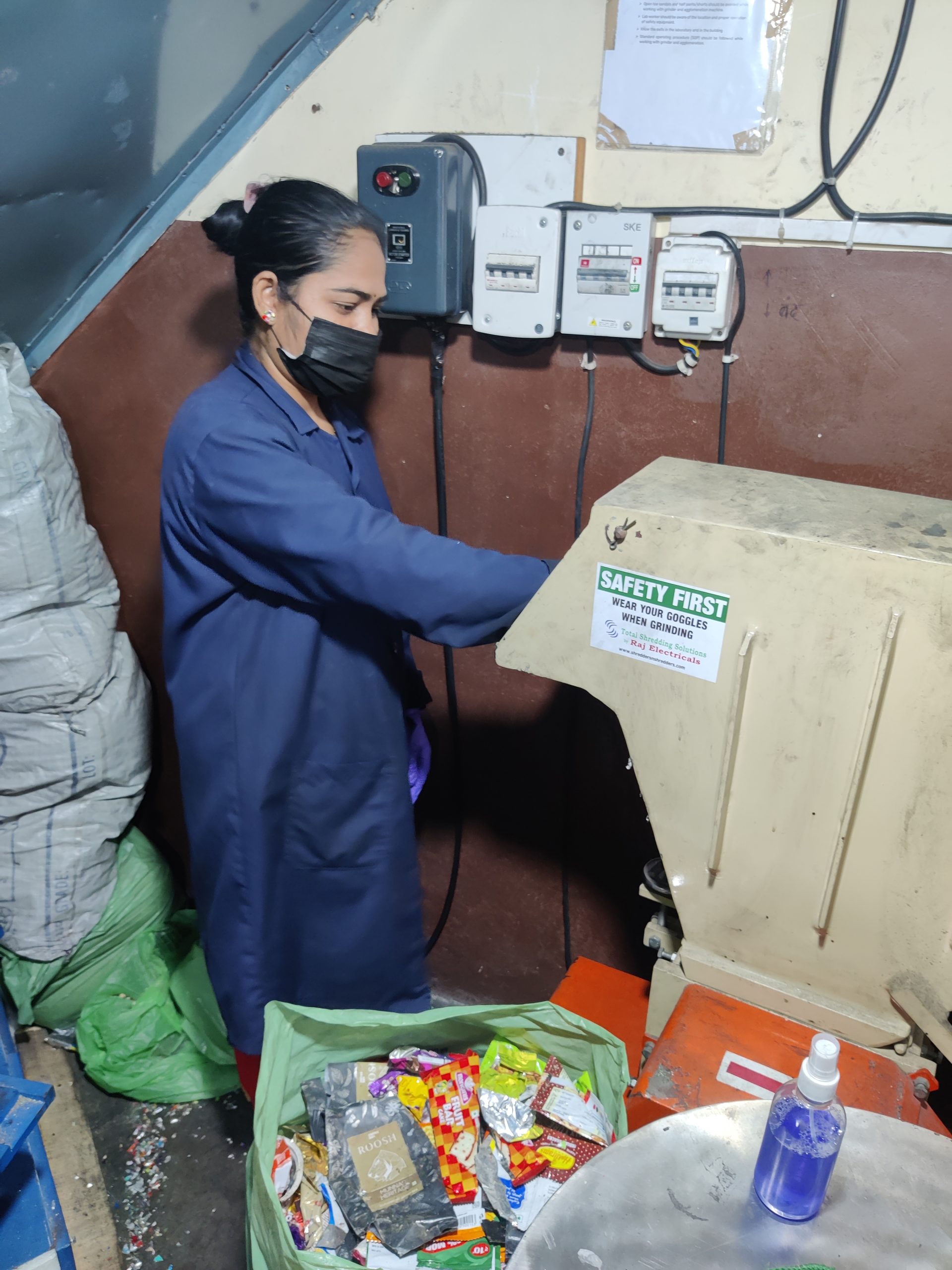 Wastepicker Rani shredding MLP[/caption]
Wastepicker Rani shredding MLP[/caption] Recycled sunglasses made by Ashaya[/caption]
Recycled sunglasses made by Ashaya[/caption]